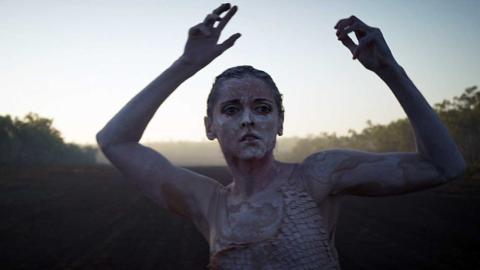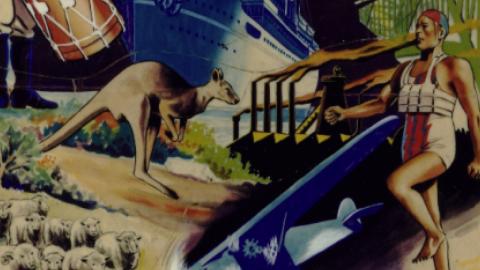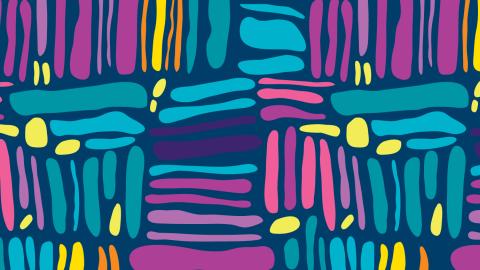
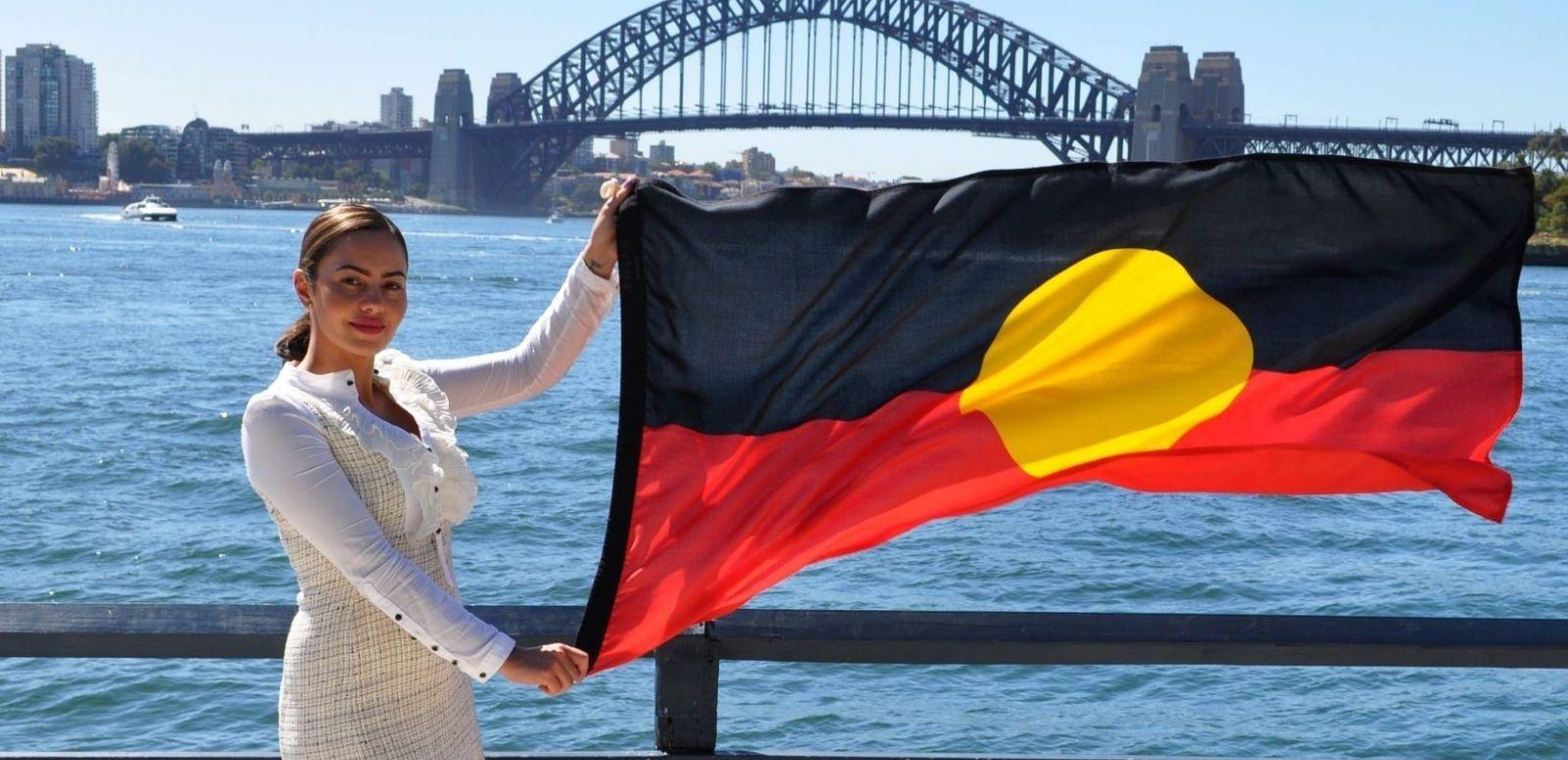
Aboriginal Flag 50th anniversary
Australian Aboriginal Flag 50th anniversary
WARNING: Aboriginal and Torres Strait Islander viewers are advised that the following program may contain images and/or audio of deceased persons.
The NFSA marks the 50th anniversary of the first raising of the Aboriginal flag on 9 July 1971 with this article by proud Kamilaroi yinarr (woman), entrepreneur and activist Cheree Toka.
A symbol of survival
The Australian Aboriginal flag is a significant symbol of unity, connection to country and a representation of resilience and strength for Indigenous Australians past, present and future. It represents Indigenous Australians' achievements, contribution and survival, which shapes the future of all generations living in Australia.
When the flag was recognised as an official flag of Indigenous Australians in 1995 under the Flags Act 1953, I was still a small child, but it was always a flag I identified with. As a Kamilaroi woman, one of my proudest moments was when the Australian Aboriginal flag flew for the first time in 2013 on the Sydney Harbour Bridge, as you can see in the clip below from Weekend Sunrise:
Weekend Sunrise broadcast, 26 January 2013. Courtesy: Seven Network. NFSA: 1115279
Closing the gap
This important action provided Indigenous Australians a sense of pride and symbolised a commitment toward reconciliation and closing the gap. Reconciliation of Indigenous Australians still has a long way to go. The community still faces educational disadvantage, suicide, domestic violence and a significantly high incarceration rate.
In 2016 Northern Territory artist Harold Thomas, the designer of the Aboriginal Flag, received the National Aboriginal and Torres Strait Islander Art Award for his work 'Tribal Abduction'. In the clip from NITV News, below, Harold explains that it represents the removal of children from country and family which was also reflective of his own life:
Harold Thomas wins National Aboriginal and Torres Strait Islander Art Award, NITV News, 5 August 2016. Courtesy: NITV. NFSA: 1587193
While the painting was incredibly received, this recognition was also tinged with sadness for our people. That we should win a prize for a portrait of our lives that was laced with sadness and cruelty is a raw reminder of why we still feel so strongly about our past.
Culture, country and copyright
The question of the flag's copyright has been ongoing, as you see from this clip from Nine News in 1997:
Harold Thomas wins copyright case, Nine News, 9 April 1997. Courtesy: Nine Network. NFSA: 315325
In 2019 the owner of copyright in the design of the flag, Harold Thomas, announced an exclusive worldwide license to WAM Clothing for the use of digital and physical media. This has caused an uproar in the community. Should a symbol of culture, country and land be used to make profit or should the government step in to buy back copyright? Surely making a profit from the flag contradicts the very reason it was created. Free the flag!
Reconciliation starts with heart
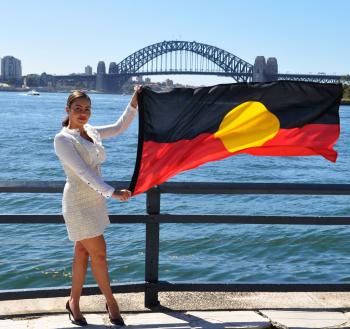
As an activist I believe true reconciliation comes from the heart and the best way to achieve reconciliation is to create powerful change, whether that be great or small.
Three years ago, I launched a petition to NSW Parliament to fly the Aboriginal flag permanently on Sydney Harbour Bridge. At over 10,000 handwritten signatures strong, I managed to get the petition tabled and debated in Parliament in 2019.
I was stunned that the final hurdle in respectfully recognising the history of the land the bridge is built on came down to cost and concerns over the structural integrity of the bridge. While this may have prolonged the journey, it has not deterred my steps. I will continue to fight with the incredible support I have behind me.
The flag was originally designed for the civil rights movement but has since become woven into our being as a symbol for hope and reconciliation, and a reminder of how far we still have to go to reach those people who have the ability to effect change.
The flag currently flies on the Sydney Harbour Bridge for 19 days a year: Survival Day, Reconciliation Week, NAIDOC Week and Sorry Day. Although this is a symbolic gesture, it is also a powerful way to remind Australia that it has a history prior to colonisation and settlement. It is a discussion point, a welcome to country and an acknowledgement of our history.
Cheree Toka is a proud Kamilaroi yinarr (woman), Inner West Sydney resident, formidable young entrepreneur and activist who has campaigned for the last 4 years to have the Aboriginal flag permanently flown on the Sydney Harbour Bridge. You can learn more about her campaign at Fund the Flag.
The National Film and Sound Archive of Australia acknowledges Australia’s Aboriginal and Torres Strait Islander peoples as the Traditional Custodians of the land on which we work and live and gives respect to their Elders both past and present.
